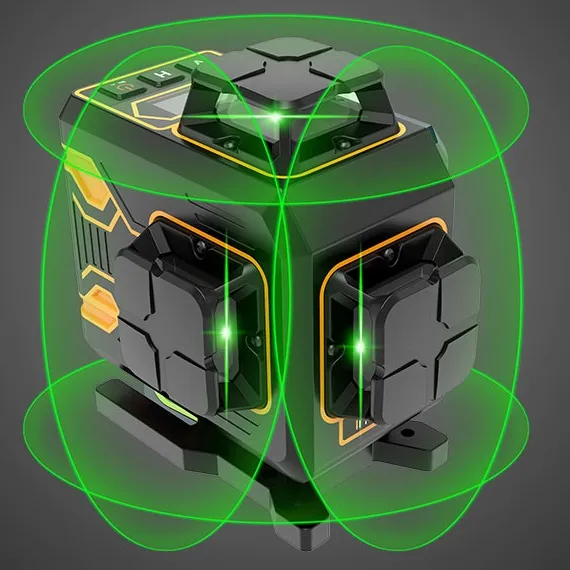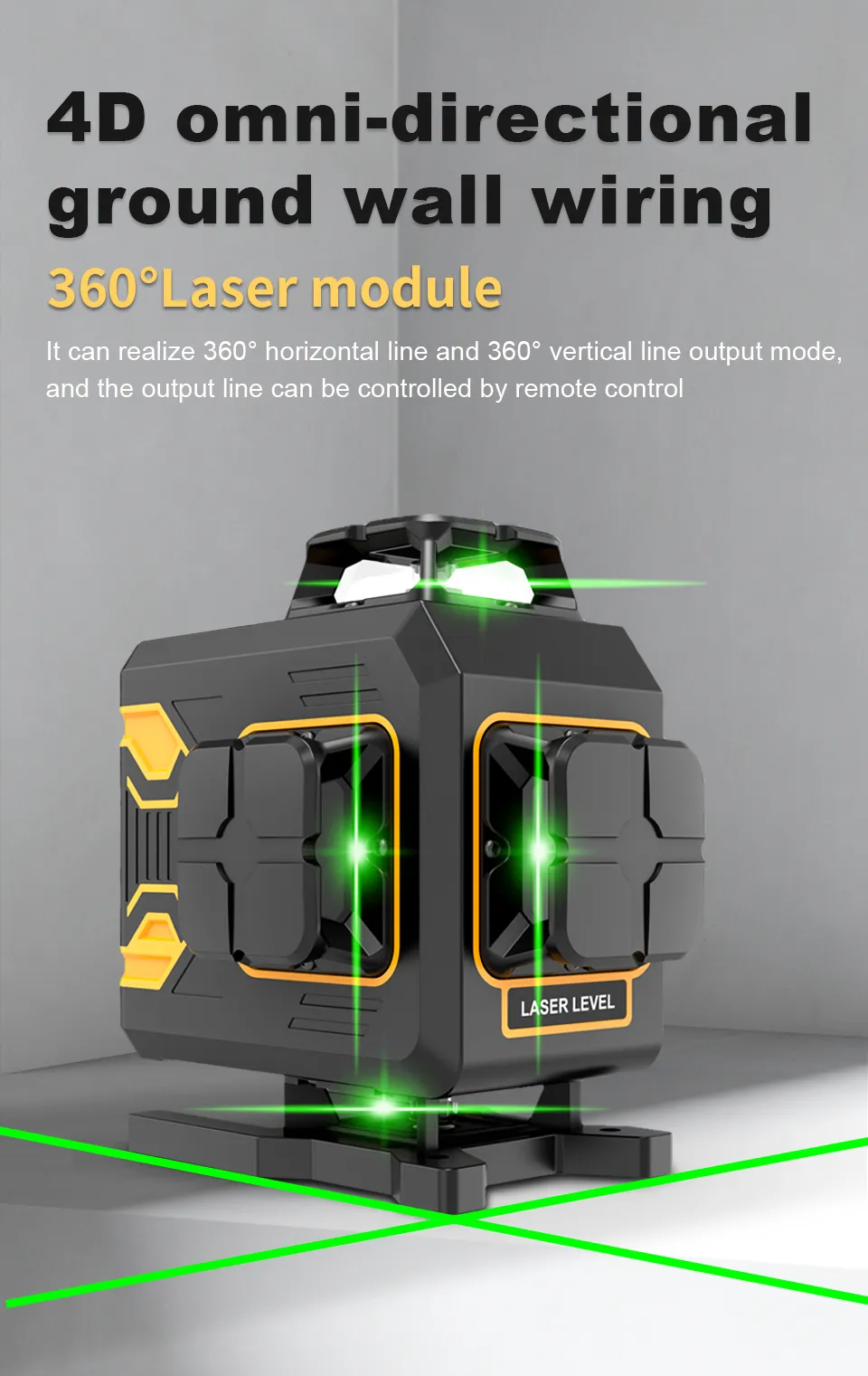How to Check the Laser Level Accuracy
Ensuring your laser level is accurate is essential for achieving reliable and professional results in construction, tiling, and leveling. Even a small deviation can lead to costly mistakes. In this guide, we’ll show you how to check the accuracy of your laser level—especially if you're using a high-precision model like the NORM 4D laser level.

Why Accuracy Matters in Laser Levels
Avoid Costly Installation Errors
Accurate laser lines are crucial for correct alignment in flooring, drywall, cabinetry, and more. A small tilt can throw off entire installations.
Ensure Professional Results
Whether you're a contractor or DIY user, checking accuracy regularly ensures your work meets professional standards.
Maintain Tool Reliability
Laser levels can shift or become misaligned due to drops, vibrations, or frequent transport. Routine checks help you catch issues early.

Methods to Check Laser Level Accuracy
1. Check Horizontal Accuracy (Wall Test)
Place your NORM laser level about 5 meters from a wall. Mark the height of the laser line. Rotate the device 180°, mark again, and compare the two points. A difference over ±2mm at 5m means recalibration is needed.
2. Check Vertical Accuracy (Plumb Test)
Place the laser level near a wall and turn on the vertical line. Mark two points—one near the floor and one near the ceiling. Use a plumb line to verify if the laser matches the true vertical.
3. Cross-Line Squareness Test
For models with both horizontal and vertical beams, verify that they form a perfect 90° angle using a framing square or tile grid. This test is important for tiling and framing.
Tools You’ll Need
Laser Target Plate
A target plate enhances visibility when checking accuracy over long distances.
Measuring Tape or Ruler
Precise measurement is key when checking deviations.
Tripod or Floor Stand
For consistent results, always stabilize your NORM laser level on a solid base.
When to Recalibrate
After Heavy Use or Transport
Frequent jobsite movement can cause internal misalignment—test it after long projects.
If the Device Was Dropped
Even a minor drop can throw off the laser alignment. Always test afterward.
Regular 6-Month Maintenance
Professional users should check accuracy every 3–6 months. NORM recommends quarterly testing for intensive users.
NORM Calibration Support
Built-in Calibration Indicators
Many NORM laser levels will blink or alert if they are outside the self-leveling range.
Factory Recalibration Service
If your device is out of spec, contact NORM’s service team for certified recalibration.
Using the NORM Manual for Reference
Always consult your NORM user manual for model-specific test procedures and tolerances.
Final Thoughts
Checking the accuracy of your laser level is simple but critical. With tools like the NORM 4D laser level, regular accuracy checks help ensure every job is level, aligned, and professional. Don’t guess—test before every major task.


